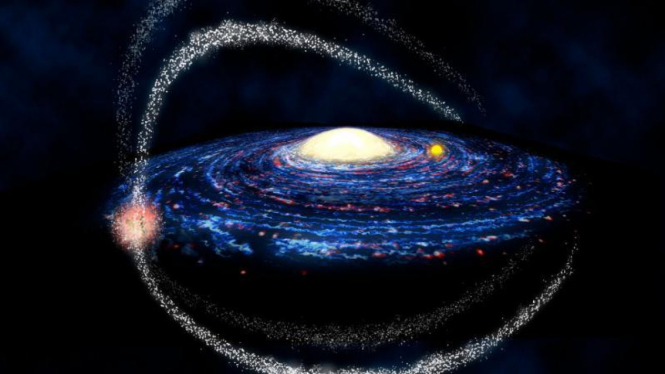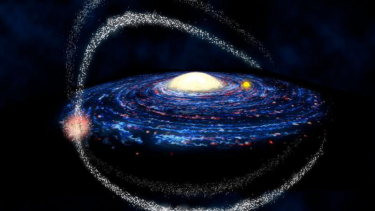The Mysterious Galaxy Ate Its Friends: Now It’s All Alone in Space
- http://cutpen.com
VIVA – A galaxy in the relatively early Universe called 3C 297 has mysteriously been spotted alone. Yet its environment suggests that it should consist of a cluster of at least 100 galaxies.
Some of them are the size of the Milky Way. The fact that 3C 297 is alone suggests that something unusual happened to all those other galaxies.
"It seems that we have a galaxy cluster that is missing almost all of its galaxies. We expected to see at least a dozen galaxies about the size of the Milky Way, yet we see only one." Says the astronomer Valentina Missaglia of the University of Torino in Italy.
Data on the environment surrounding 3C 297 came from the Chandra X-ray Observatory, which studies high-energy radiation from powerful sources across the cosmos.
The galaxy itself is a source of this radiation; it hosts a quasar, an active galactic nucleus containing a supermassive black hole guzzling down material at such a furious rate that it blazes with some of the brightest light in the Universe.
Quasars often emit beams of plasma from the polar regions of the supermassive black hole at their core, blasting jets of matter into space at speeds close to that of light in a vacuum.
Ilustrasi Galaksi Bima Sakti.
- Pixabay/Derwiki
These are created out of the material swirling around the black hole's event horizon, which is swept up and accelerated along magnetic field lines toward the poles and launched into intergalactic space.
Moreover, 3C 297 has such jets, and this is where things around the galaxy get interesting. Data from Chandra and the Karl G. Jansky Very Large Array picked up several signs that the jets travel through an intergalactic medium associated with a galaxy cluster, known as an intracluster medium, as reported from a live science site.
One of the jets is bent in a way that suggests it is interacting with gas in an intracluster medium. The other jet has created an X-ray source 140,000 light-years from the galaxy, suggesting that it has slammed into gas, causing it to heat up and emit X-rays.
In addition, Chandra data suggests that there are large quantities of hot gas in space around 3C 297. All three characteristics taken together suggest that there should be other galaxies gravitationally bound up with 3C 297 as an interacting cluster.
Indeed, there do appear to be other galaxies in the same patch of sky as the distant quasar galaxy. So Missaglia and her colleagues turned to data from the optical and infrared Gemini Observatory in Hawaii for a better understanding of the space around 3C 297.
This data revealed that the 19 galaxies are only close to 3C 297 in two dimensions; their distances from us are vastly different from that of 3C 297, and they don't belong to the same region of space. The peculiar lonely quasar galaxy is all alone.
These clues suggest that 3C 297 is the result of a giant cluster merger, making it what is known as a "Fossil Group"; the remains of a cluster combined in one single object.




























